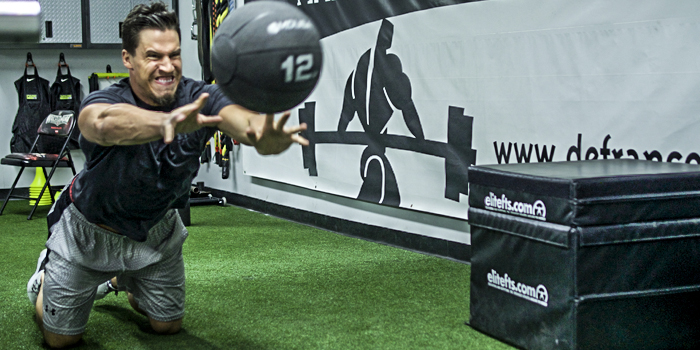
We live in a great time for performance training in team sports. Never before have we had the type of access that we have today to information of creative exercises, training methods, training programming, and monitoring training responses. Virtually anyone can get on a computer, make a simple search online, and get swept away into an endless hole of training-related content. Strength training has become hugely popular, and seemingly everyone understands that people can lift weights and use compound movements like squats, presses and deadlifts to not only build up their bodies but also to build up their physical abilities.
Strength and conditioning for team sport athletes exists not only at the collegiate and professional level, but has now spread to the vast majority of high school and even junior high and youth athletics as well. Coaches everywhere are encouraging athletes to “get in the weight room” so that they can “develop” and have a better chance of playing and succeeding in a sport. A sport like American football puts enormous emphasis on players getting to the weight room and strapping plate after plate onto the barbell. Numbers of one-rep maxes are tracked and sport coaches beg the strength coaches to keep getting the numbers to go up and up: “Whatever it takes, get the one-rep maxes to go up!”
RELATED: A Simple Flow Chart for Athlete Programming
But in a modern world where sports science and technology are beginning to emerge as a common component of the sport preparation process, many researchers and practitioners are revealing that strength is not the only component needed for athletes to succeed. It is now understood that strength is important, but qualities like speed and power (the combination of strength AND speed) are probably more important qualities and also need to be trained. This is especially true for athletes who are more advanced and who have already developed a decent foundation of general strength.
As a result of this knowledge, many coaches have asked, “Since power and speed are more important to success in sport, why should we even bother spending time lifting heavy? Have you ever seen an athlete perform a one-rep max on squat? It’s such a slow moving exercise! These guys need speed. Heavy strength training is simply too slow!” As a result, they will start ditching the weights and put all of the focus on sprinting, jump training, or plyometrics in hopes of building exceptionally explosive athletes.
So as it stands in the field of sports performance training for team sports, we have come to a fork in the road. Athletes just aren’t sure what they are supposed to do. You have a guy on one end telling them, “Lift heavy! You’re too weak!” and a guy on the other end saying, “Stop lifting! You’re way too slow! You need to sprint fast and jump high! That’s all that matters!” Which guy is right? Who are athletes supposed to listen to?
Well, as with most things in life, it’s important to look at things from all perspectives. It is the goal of this article series to provide a solid case for the training of strength, power, and speed and what each of these components can bring to the table for team sport athletes.
The Case for Strength
By far, the most extensive amount of research and knowledge existing for any one particular physical quality is that which exists for strength training. Strength training is typically utilized with basic human movement patterns (i.e. squats, hip hinges, lunges, presses, or pulls) with additional external load (i.e. barbells, dumbbells, or kettlebells). Since the movement patterns are fundamental in nature, it is easier for researchers to perform experimentation on untrained subjects as well as highly trained subjects using strength training means and methods. As a result, there are almost countless amounts of information giving indication as to how strength training can help improve strength capabilities and also how these improvements might affect sports performance.
Strength is Force
As most coaches know, the term “strength” is extremely broad. Some people understand strength as the highest amount of weight lifted in any particular exercise. When a guy is considered “strong”, he is usually described as having a very high one-rep max on his barbell squat or barbell bench. But at its most rudimentary definition, strength can be defined as the ability to apply force (7).
Force is a term from physics that basically just describes a push or a pull of a certain magnitude in a certain direction (7). In a barbell squat, you have to “push” the weight from the bottom of the squat position in a vertical motion to end up in a standing position again. To do this, force must be applied to the barbell so that motion can occur. You also have to apply force to a glass in order to pick it up and drink from it. Both of these examples require force, but they require very different amounts of force.
To keep things simple, it can be safe to assume that strength and force basically mean the same thing. When you apply force to an object, you are applying strength to it. Light loads require less amounts of strength than heavy loads do. But they both require some form of strength. That’s why it’s NOT safe to say that strength describes the heaviest amount someone can lift. Heavy squatting, jumping, and sprinting are three unique forms of exercise, yet all three of them require some aspect of force development (strength). So we already begin to see that there is a more global application for force development that extends beyond just lifting heavy weights.
Using Heavy Resistance to Develop Maximum Strength
Training to develop strength is commonly referred to as resistance training and describes the process of using overload (loads exceeding the athlete’s body weight) or altering body positions without the use of overload to experience high resistance due to gravity or other forces (gymnastic-oriented movements). Using a variety of resistance training exercises and methods, athletes are able to expose themselves to a continuum of different resistances ranging from very light to very heavy. For the purposes of this discussion on strength, let’s discuss some of the key concepts of utilizing heavy resistance training in the preparation of team sport athletes:
1. The more resistance experienced in the sport, the more important maximum strength is. (1)
Consider the differences between soccer and rugby in relation to the amount of resistance that the athletes in each sport must overcome. In soccer, there is limited contact with opponents and the main point of contact for the players is the ball. Rugby, however, is largely contact-related where activities like tackling and scrumming are an integral part of the game. To overcome the resistance of an opponent in an activity like tackling or scrumming, high forces must be generated. American football is very similar to rugby in this aspect, but the forces in American football can be much greater since the players are larger and the flow of the game is interval-based rather than continuous, allowing for greater potential of sustaining higher outputs of movement. Thus, it is safe to say that rugby and American football players require greater levels of maximum strength than, say, soccer or basketball players, due to the higher resistances that are experienced in the game. The amount of time dedicated to building maximal strength should be impacted by what is required by the sport.
2. Resistance training helps to improve durability.
It is no mystery that lifting weights can result in increases of muscle mass. Musculature developed with resistance training is less likely to result in trauma or injury. The structural adaptations to resistance exercises are such that more resilient muscular structures arise. There is also evidence that different methods of resistance training like heavy eccentric loads or compensatory acceleration training (CAT), also known as the dynamic effort method (DE), can lead to a “selective” hypertrophy response of the Type II fast-twitch muscle fibers which are paramount to explosive power and speed performance (8). The environment experienced during exercises with high loads will help athletes become more robust in the face of high forces experienced during a game or match. On top of this, heavy strength training also has a positive influence on nervous system interactions. While more research is needed to explain exactly what types of neural adaptations occur as a result of strength training, the general consensus is that heavy strength training can help improve (2):
- Intermuscular Coordination – How well groups of muscles coordinate movements amongst each other
- Intramuscular Coordination – How well an individual muscle coordinates functions within itself
- Motor Unit Recruitment – How many bundles of muscles innervated by motor units are recruited to perform work
- Motor Unit Synchronization – How well different bundles of muscles and motor units are able to efficiently perform work
- Motor Unit Rate Coding – How well the signals are being sent from the central nervous system to the muscles
While the possible neural adaptations presented above are very rudimentary in their explanation, it is clear that structural (muscle, tendon, ligament, etc.) and neural (nervous system-related) components are both enhanced following strength training with high loads. These positive adaptations put team sport athletes at a lower risk of injury and lead to enhanced movement outcome and control.
3. Resistance training involves more than just using barbells.
When most people think about resistance training, they immediately picture barbells, dumbbells and exercise machines. Commercial gyms are rampant with machines and athletic weight rooms have rows upon rows of squat racks filled with barbells and free weights. Kettlebells, cable machines, and strongman equipment are also very popular in athletic weight rooms. All of these pieces of equipment are capable of providing overload, meaning they can all build strength. At the most fundamental level, as long as overload is being applied, strength is improvable.
Other than applying overload in the form of more resistance, coaches can also choose to utilize exercises requiring more coordination to overload a movement from a motor control standpoint. The level of coordinative control can influence how much global strength development is achieved and overall movement mastery. While an athlete may be able to lift large amounts of weight on a machine leg press, this machine requires significantly lower levels of total body coordination than a barbell squat. On the other hand, performing a barbell overhead squat will command more coordination ability than a barbell back squat, even though the weight utilized will typically be much less. Therefore, coaches must decide when to use simpler exercises for greater loading emphasis and when to use more complex exercises to help the body explore new movements and control against variable resistances.
4. Increasing maximum strength forms a base for expression of power.
Recall that strength is synonymous with force. Force efforts form the basis of movement and determine whether an athlete is able to succeed in a sport movement, game, or season. While maximal strength is the greatest expression of voluntary force output, heavy lifting is much slower than virtually any movement seen in a team sport setting. In sport games, the force efforts occur under a time constraint. When aiming to score, a basketball player can’t just walk his way through the paint and take his sweet time getting to the basket. He has to get there right now. So, force is only one part of the equation.
On the other side of the spectrum is velocity, which can essentially be understood as speed. Force efforts portrayed in team sports need to occur with a certain level of speed (velocity) or else the sport movements will not be successful.
So what do we call the combination of strength and speed? Power.
Power is the product of force and velocity and is commonly written out as F x V or strength x speed. Force and velocity are constantly interacting in all human movement and the power output varies as a result. For high outputs of power, strength plays a vital role. In fact, having high levels of relative maximum strength (how strong you are in comparison to your body mass) allows for an athlete to produce high power outputs over a wider range of different loads (2, 15). This means that any load experienced in training or in sport can be handled with greater levels of power. Building relative strength qualities will provide a solid foundation for producing high power outputs along a greater spectrum of loading.
5. It’s hard to become “too strong” but it’s easy to become “only strong.”
Maximum strength qualities are only potent up until a certain point before other, more explosive forms of training must take place. This is a natural progression from building general qualities to later focusing on more specific qualities as the level of preparation of the athlete improves over time.
This process is largely due to the SAID Principle (Specific Adaptations to Imposed Demands). This principle states that the body will adapt to the demands of stress placed upon it. So even though maximum strength training leads to a great foundational development, the truth of the matter is: strength is only one motor ability. Motor abilities are simply abilities that are specifically related to the performance of a motor skill (17). Power, speed, mobility, endurance, and coordination are other examples of motor abilities. So even though maximum strength training can positively impact power and speed, it will only do so for a period of time before power-specific or speed-specific work must also be done to further enhance those abilities.
While it is certainly hard to become “too strong”, it is very easy to become “only strong”. An athlete who is only proficient at lifting heavy weights is not going to succeed on the field of play. There are different qualities of strength (i.e. strength against high, moderate, or light loads) that have their own form of adaptation. The same is true of different power and speed qualities. That being said, it is still important to make sure that strength is developed to a high level relative to the athlete’s body mass before deciding that more specific forms of power and speed should become the main focus of the athlete’s overall training. A simple flow chart providing guidance on relative strength goals can be found here.
It can be concluded that strength training should not be neglected in the preparation of team sport athletes. Strength forms a necessary part of the force and velocity relationship and has a major impact on power output abilities. In part two of this series the case for power training of team sport athletes will be discussed.
References
- Baker D. Using Strength Platforms for Explosive Performance. In: Joyce D, Lewindon D, editors. High Performance Training for Sports. Champaign (IL): Human Kinetics; 2014. p. 127-144.
- Cormie P, McGuigan MR, Newton RU. Adaptations in athletic performance after ballistic power versus strength training. Med Sci Sports Exerc. 2010;42(8):1582-98.
- Dietz C, Peterson B. Triphasic training: A systematic approach to elite speed and explosive strength performance. Bye Dietz Sport Enterprise; 2012.
- Francis C, Patterson P. The Charlie Francis Training System. TBLI Publications; 1992.
- Hansen D. Successfully Translating Strength Into Speed. In: Joyce D, Lewindon D, editors. High Performance Training for Sports. Champaign (IL): Human Kinetics; 2014. p. 145-166.
- Jeffreys I. Gamespeed: Movement training for superior sports performance. Monterey (CA): Coaches Choice; 2010.
- Jeffreys I, Moody J, editors. Strength and Conditioning for Sports Performance. New York (NY):Routledge; 2016.
- Kraaijenhof H. Muscle Fiber Specific Training. In: Thome M, DeMayo J, White A, editors. Central Virginia Sport Performance: The Manual (Vol. 1). Richmond (VA): Central Virginia Sports Performance; 2016.
- Kraaijenhof H. What We Need Is Speed: Scientific Practice of Getting Fast. Ultimate Athlete Concepts; 2016.
- Mann B. Velocity-Based Training In Season. In: Thome M, DeMayo J, White A, editors. Central Virginia Sport Performance: The Manual (Vol. 1). Richmond (VA): Central Virginia Sports Performance; 2016.
- Markovic G. Does plyometric training improve vertical jump height? A meta-analytical review. British J Sports Med. 2007;41(6):349-55.
- Newton RU, Rogers RA, Volek JS, Häkkinen K, Kraemer WJ. Four weeks of optimal load ballistic resistance training at the end of season attenuates declining jump performance of women volleyball players. J Strength Cond Res. 2006;20(4):955-61.
- Simmons L. Westside Barbell Book of Methods. Westside Barbell; 2000.
- Smith J. Applied Sprint Training. James Smith; 2014.
- Stone MH, Cormie P, Lamont H, Stone M. Developing strength and power. In: Jeffreys I, Moody J, editors. Strength and Conditioning for Sports Performance. New York (NY):Routledge; 2016.
- Strength Power Speed Web site [Internet]. British Columbia (CA): Strength Power Speed: High Performance Training; [cited 2016 Oct 23]. Available from: http://www.strengthpowerspeed.com/the-complete-system/
- University of Minnesota Duluth Web site [Internet]. Duluth (MN): University of Minnesota Duluth; [cited 2016 Oct 23]. Available from: http://www.d.umn.edu/~dmillsla/courses/motorlearning/documents/chapter03f2012.pdf
- Verkhoshansky Y, Verkhoshansky N. Special strength training: manual for coaches. Rome (IT): Verkhoshansky; 2011.
- Verkhoshansky Y, Siff MC. Supertraining. 6th ed. Verkhoshansky; 2009.
- Yessis M. Explosive Plyometrics. Ultimate Athlete Concepts; 2009.
Cameron Josse is the Director of Sports Performance for DeFranco's Training Systems in East Rutherford, NJ. Cameron has been working with DeFranco's Training Systems since 2013 and has quickly built up a resume working with a multitude of athletes in high school and collegiate sports, as well as professional athletes from leagues such as the NFL, NHL, UFC, and WWE superstars. Cameron earned his bachelor's degree in kinesiology while playing football at the University of Rhode Island and also holds a master's degree in exercise science from William Paterson University.









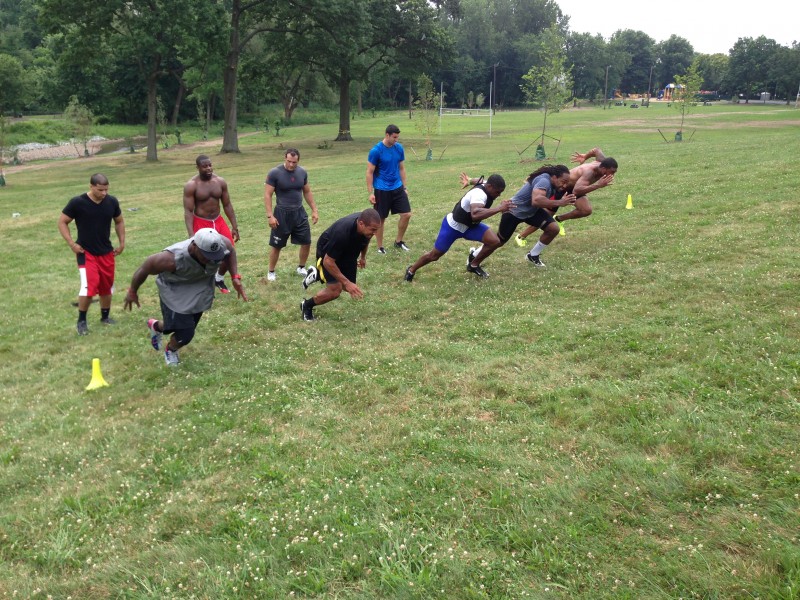
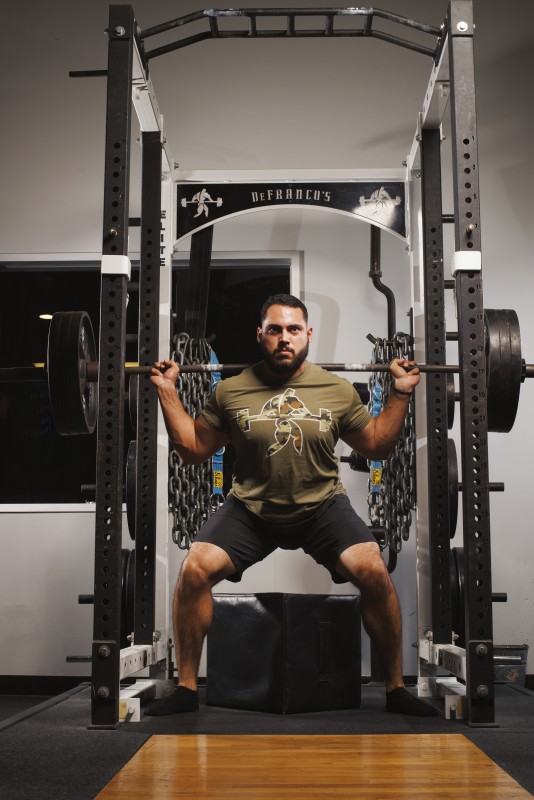
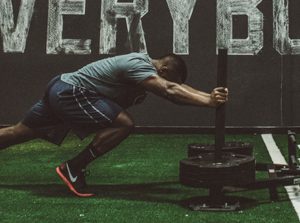
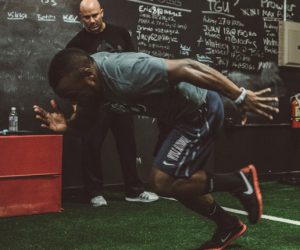
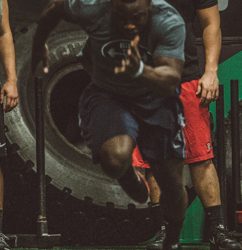
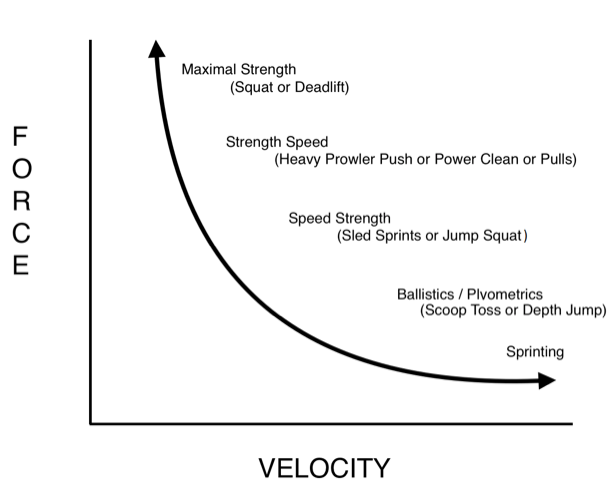

4 Comments